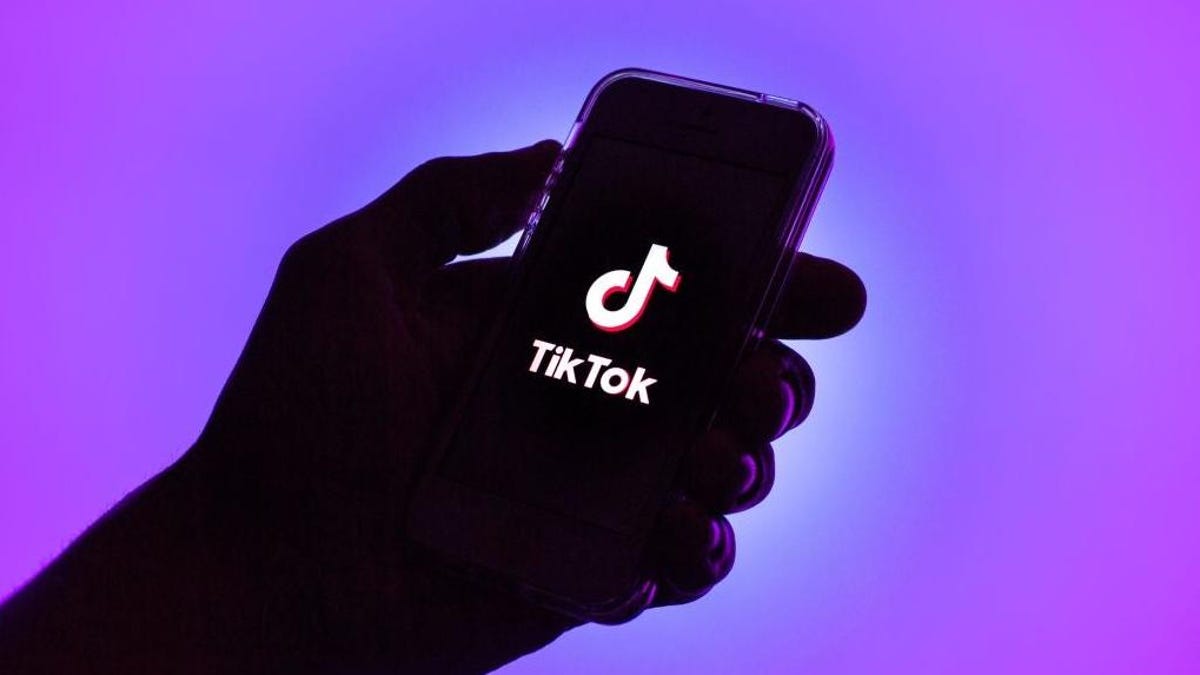At the beginning of 2023, TikTok was one of the weirdest and most delightful places on the internet. An app with a reputation for memes and 30-second dances had become the front page of the internet, and it seemed TikTok was only getting better as the platform matured. A year later, TikTok’s growth finally appears to have plateaued, and while the app is still a cultural behemoth, there’s a surprising truth lurking in the app’s success: TikTok is in trouble. In a bid to spread into new areas and fend off competitors, TikTok is crowding its app with irksome features, pushing content that detracts from the app’s core experience, and alienating its base of once-loyal users. Social media success is a delicate balance, and if TikTok isn’t careful, it could destroy itself from the inside out.
The most obvious example is the TikTok Shop. The company is pushing its eCommerce so hard you hear about it more than any other topic on the app, both in ads and organic videos from creators hoping for a share of the profits. The app is even testing a new feature that uses AI to identify products in the background of regular content and turn every single video into an ad.
Then there’s the videos themselves. In a bid to compete with YouTube, TikTok is reportedly preparing to allow users to post 30-minute videos and prompting creators to upload horizontal content instead of the app’s standard vertical format. TikTok is even encouraging people to upload photo slideshows instead of videos altogether. On top of that, TikTok just fumbled a relationship with Universal Music Group, which pulled its music catalog off the platform and silenced any video featuring Taylor Swift, the Weeknd, and every other Universal artist.
In other words, it seems that TikTok has completely lost sight of what made people fall in love with the app in the first place: short-form videos in a format that pushed people to be creative and weird. Outrage is brewing among a growing contingent of users who post videos arguing TikTok is ruined now, and analysts say the company is jeopardizing its success.
“TikTok remains the fastest-growing social ad business, but its ad revenue growth is slowing down,” Jasmine Enberg, a Principal Social Media Analyst at Insider Intelligence. “There’s a ceiling to short-video ad monetization and the pivot to longer videos could help boost its ad revenues. But TikTok spearheaded the short-video revolution, and it risks straying from its core use case of fun, entertaining clips and losing its edge.”
Instagram is only just starting to recover from making the same mistakes. Rather than focus on the image-sharing experience that made the app famous, Instagram made a full-blown pivot to videos through its Reels feature back in 2022, and tweaked its algorithm to show more content from accounts that users weren’t following. The company might have been right; according to Instagram CEO Adam Mosseri, data showed that video is what users wanted to see. But Instagram pushed Reels so hard and so quickly it sparked an international backlash campaign spearheaded by Kim Kardashian, who called for the app to “Make Instagram Instagram Again.” The app had its own doomed experiment with selling products as well, promoting the Instagram Shopping page so hard it replaced the “Post” button with a link to the app’s built-in store. Instagram Shopping was such a failure the company shut it down entirely.
The result was a minor exodus of users and a major drop in Instagram’s cultural clout. The problem was bad enough that The Atlantic ran a story with the headline declaring “Instagram Is Over.” As time wore on it seems Meta has stuck the landing, but only through abandoning or at least retooling the projects that were alienating users. Instagram honed its Reels product, ditched its shop, and embarked on a PR campaign promising that the app was hearing and responding to complaints. Perhaps those changes were necessary to compete with the rise of TikTok, but Instagram’s flop era proved the old saying is true: when you try to be everything to everyone, you become nothing to anyone.
It’s ironic that TikTok doesn’t seem to have learned the lessons that its own success taught Instagram. Then again, TikTok’s bets could pay off. Instagram users adapted to reels after some tweaks. TikTokers could get used to longer videos if creators succeed with the format, though that would amount to a tectonic shift in the content that defines the platform.
“Most of the time, the initial angst over new features settles down. In rare cases, platforms backtrack on changes, but it usually takes an outcry from high-profile users,” Enberg said.
Some of that high-profile outcry is already happening on TikTok, but it hasn’t reached critical mass. That could be a sign the app’s strategy is working—or it could mean TikTok will have an easier time staying on a path that ends with failure.
TikTok didn’t respond to a request for comment, but, of course, the company’s leadership would tell you the app is on the right course, even if there’s turbulence along the way. The TikTok shop is worth alienating some users if it turns into a major eCommerce business. Abandoning short-form videos is a good bet if the push towards longer content helps the company rival YouTube in any meaningful way. If there’s anything Steve Jobs taught the tech industry, it’s that consumers don’t always know what they actually want.
Along the way, TikTok may lose the cool factor that apps enjoy in the early stages of social media dominance if it hasn’t already. That’s inevitable, and becoming uncool isn’t a death sentence if you can maintain a core set of services that keeps users coming back. The app has a massive lead, but if TikTok doesn’t stick the landing, its competitors are ready to pounce.

